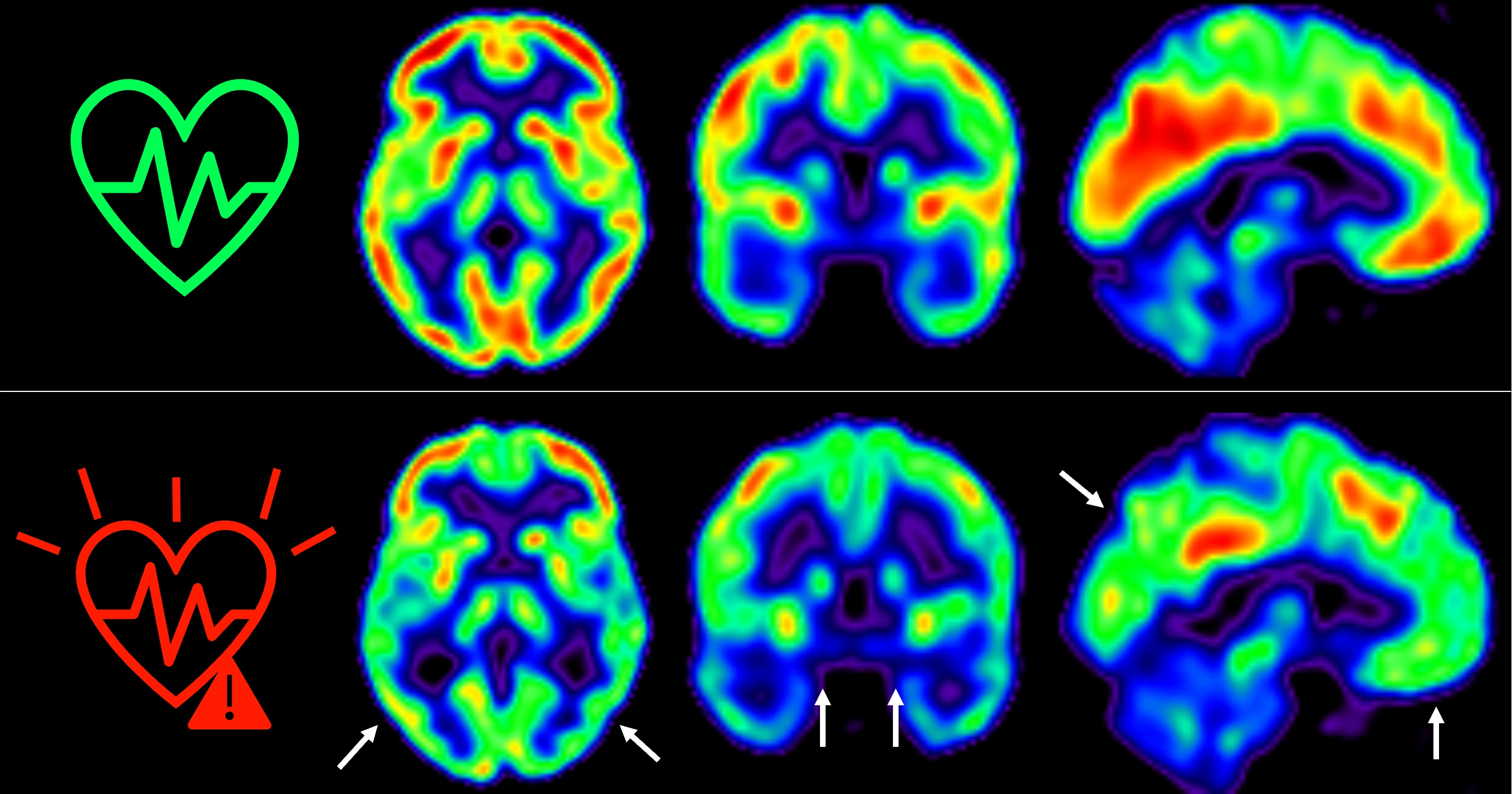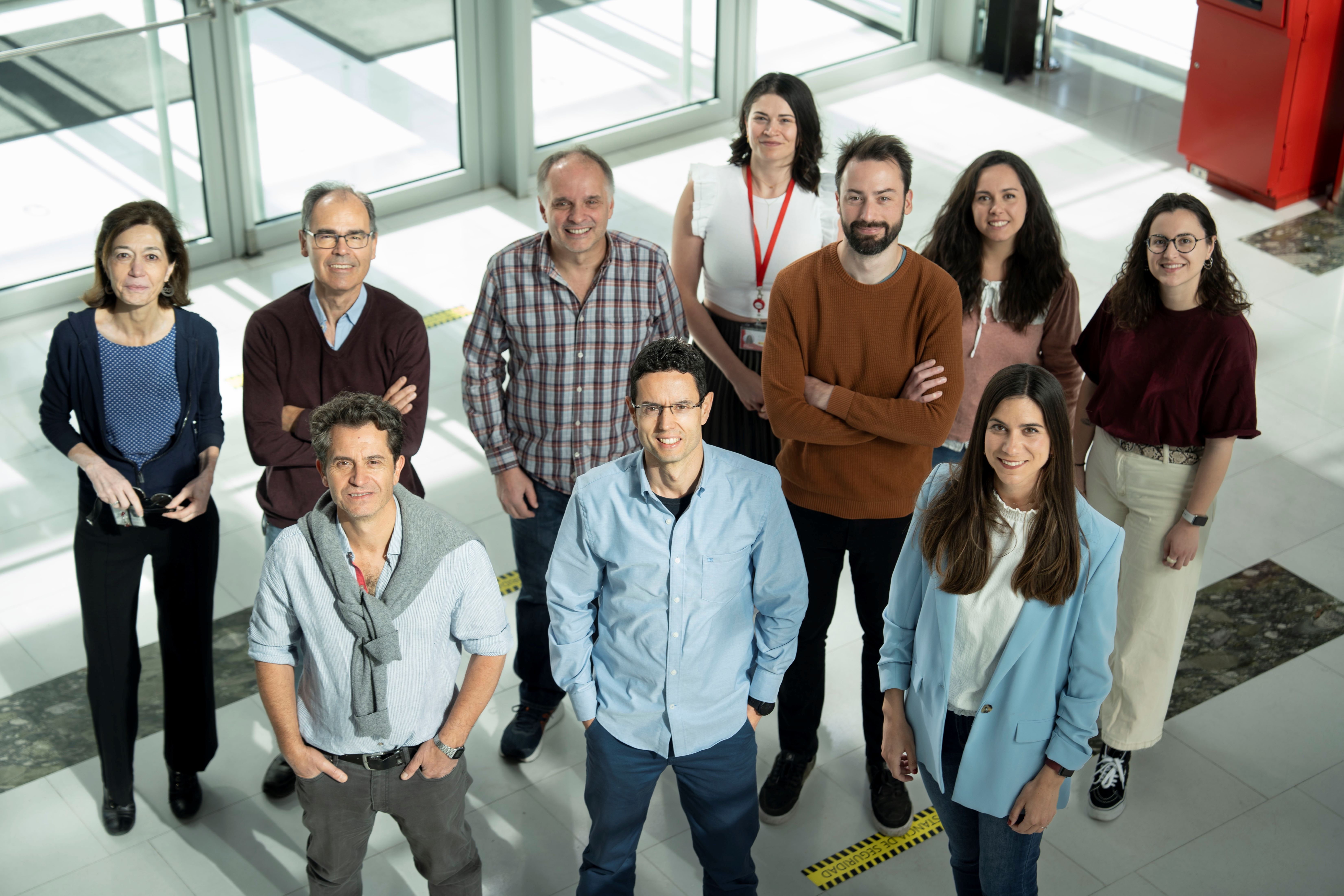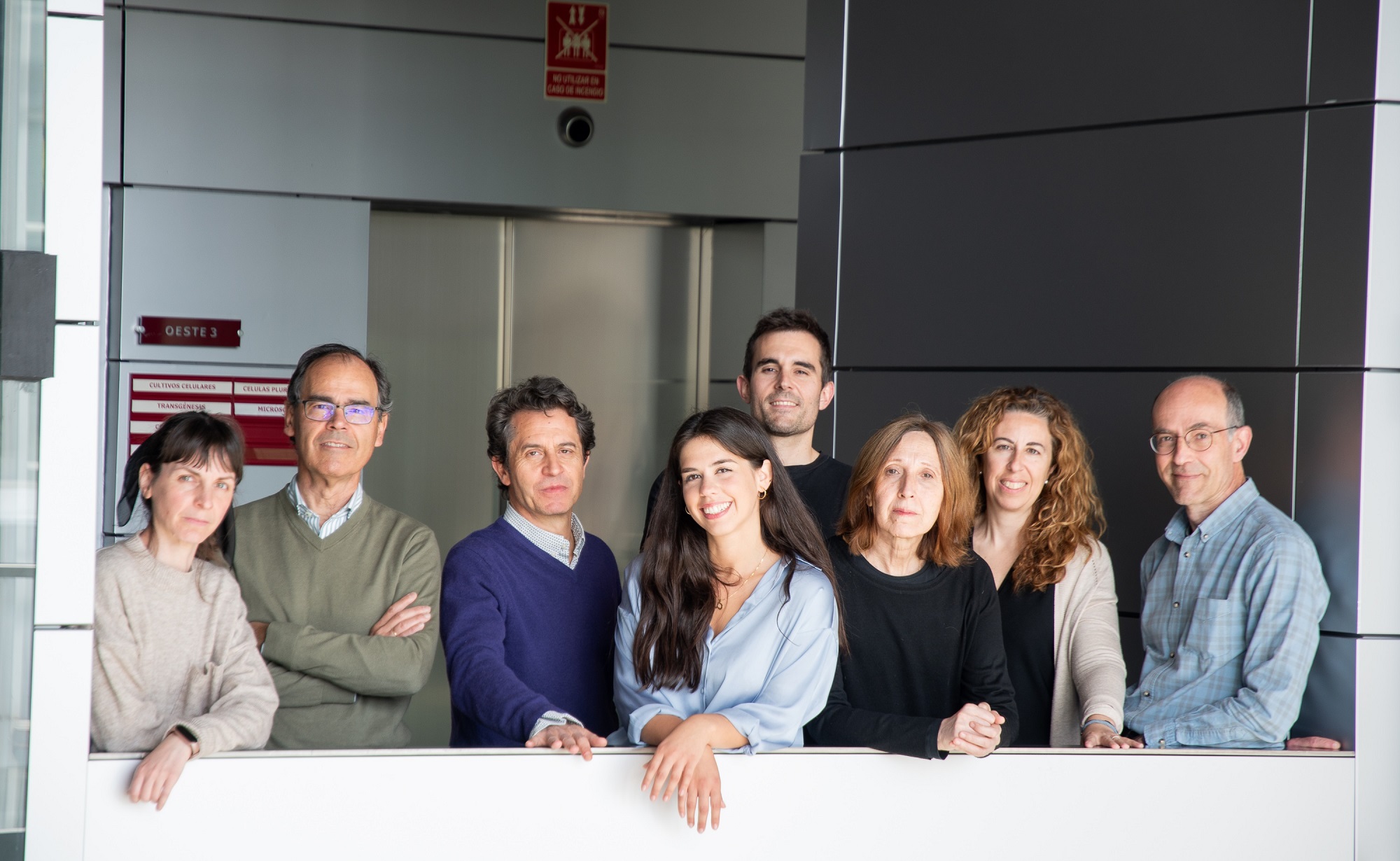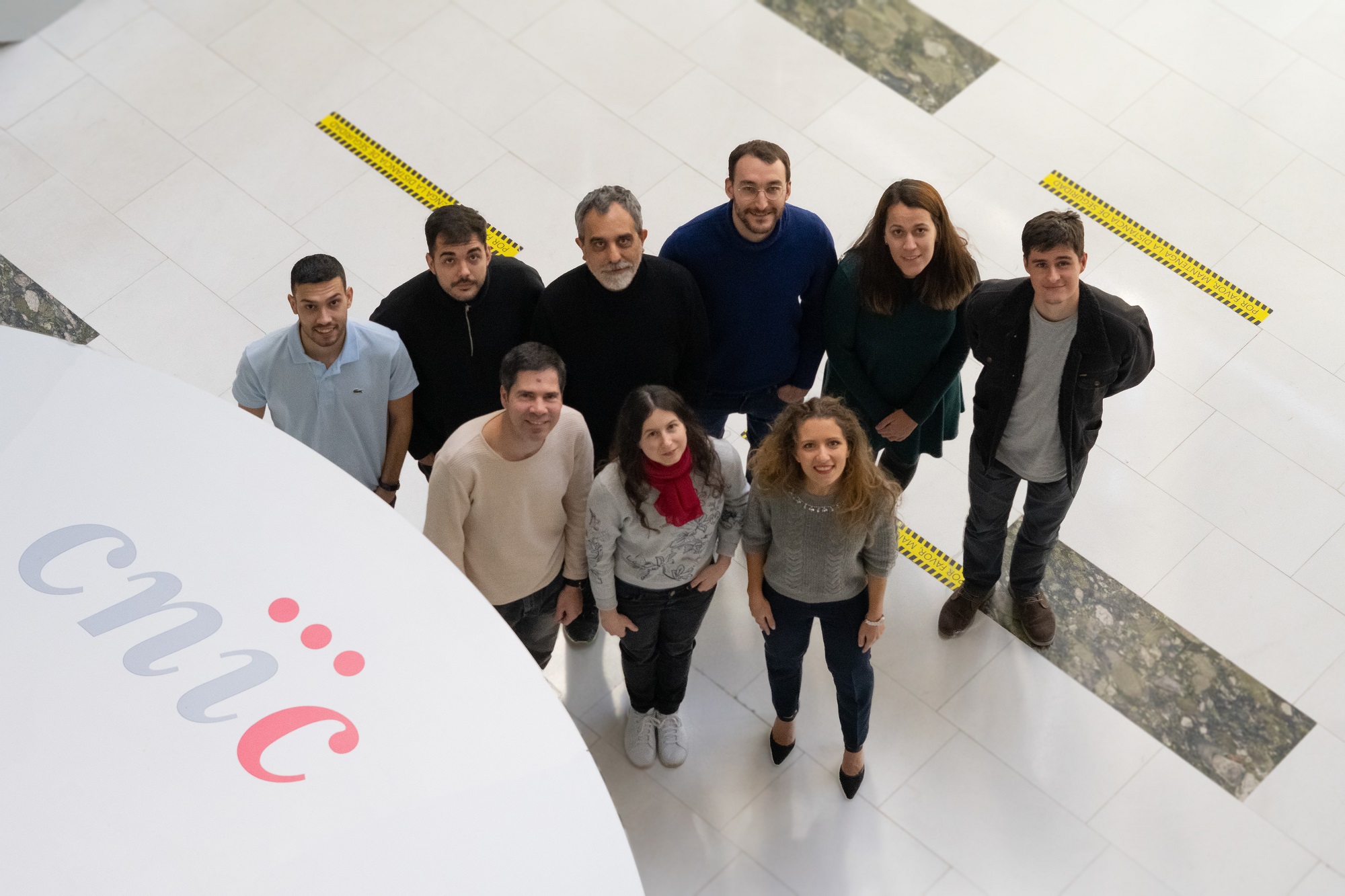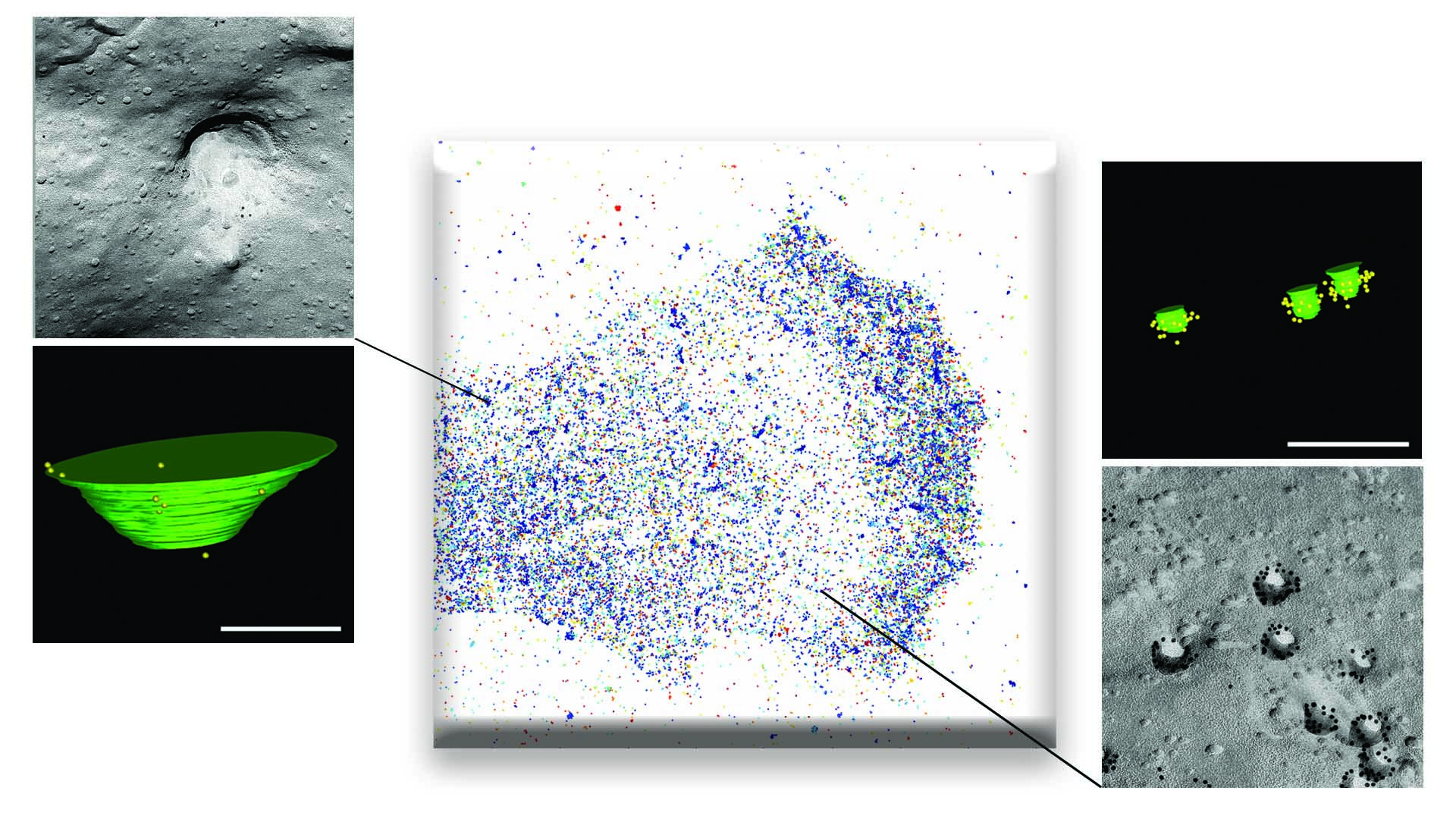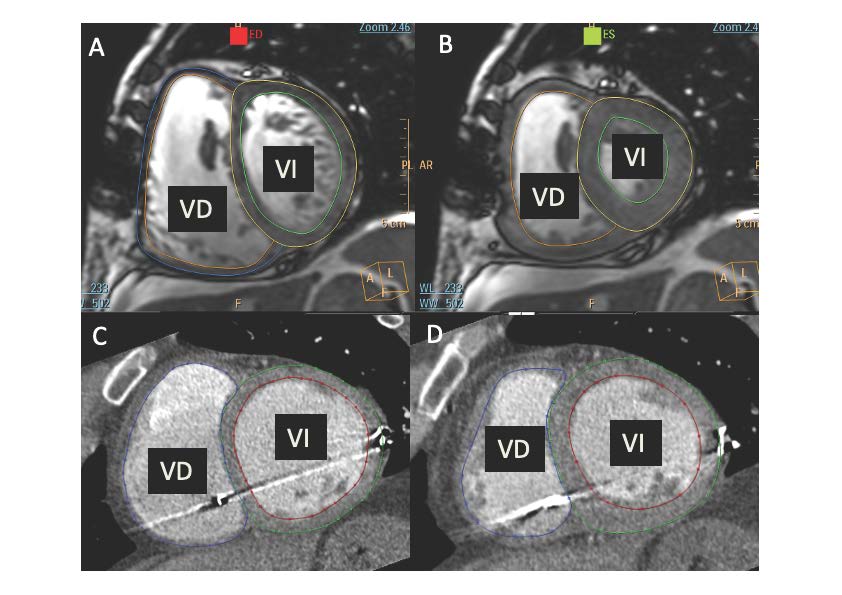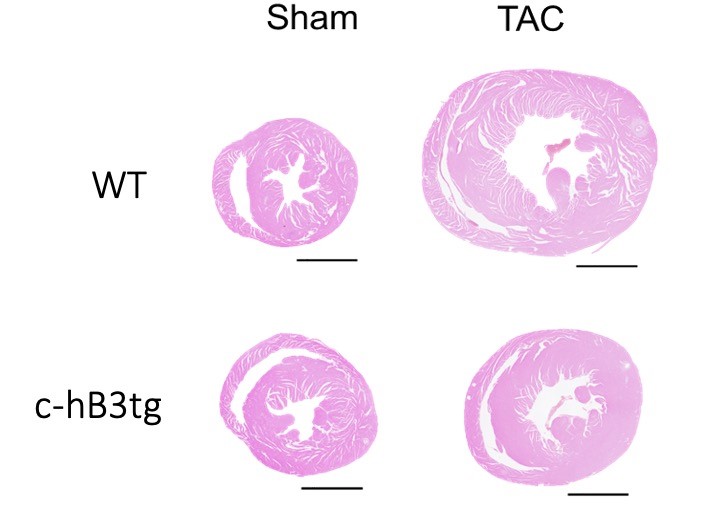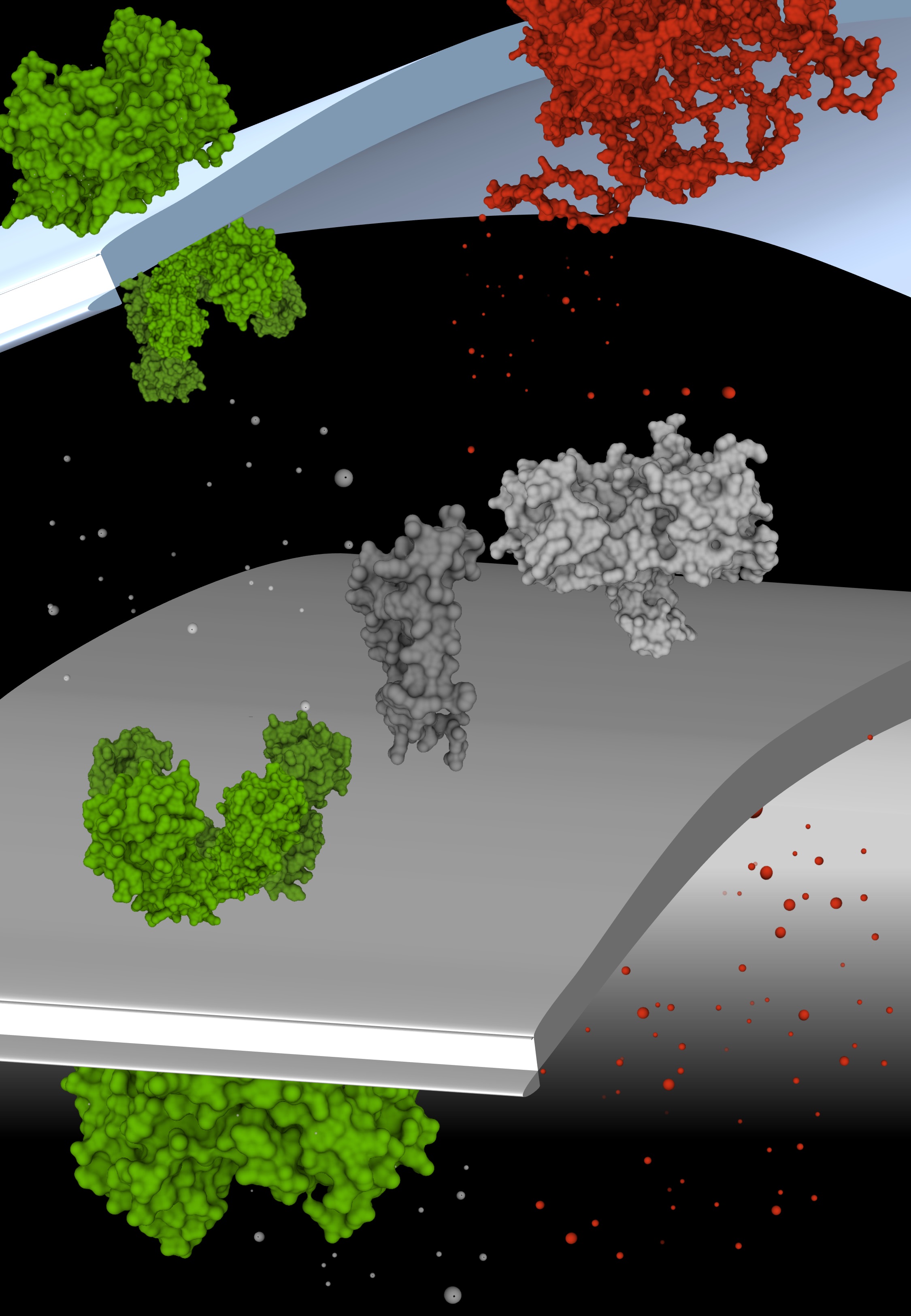News search
|
Research 31 Aug 2023 A study published in The Lancet Healthy Longevity shows that brain metabolism, detected with advanced imaging techniques, declines more sharply in middle-aged people with a sustained high cardiovascular risk over 5 years |
|
Research 29 May 2023 The new study, published in Nature Cardiovascular Research, will help to select the most effective and safe way to modulate angiogenesis in ischemic tissues or in cancer |
|
Research 24 May 2023 A study by CNIC researchers published in Nature has found that the omega-6 fatty acid gamma-linolenic acid (GLA), present in breast milk, plays an essential role in ensuring the proper functioning of the heart after birth |
|
Research 3 Feb 2023 The discovery, published in the journal Immunity, identifies a new therapeutic route for conditions associated with obesity and metabolic syndrome, including cardiovascular disease |
|
Research 16 Jan 2023 Nature Cardiovascular Research: The 'guardian of the genome' protects against cardiovascular disease A CNIC study extends the understanding of how acquired mutations in blood cells act as a new cardiovascular risk factor |
|
Research 23 Dec 2022 A study published in Nature Cell Biology confirms that caveolae are essential for the mechanical responses of tissues subject to large mechanical forces (such as muscle, heart, blood vessels, and fat), whereas larger membrane depressions (termed 'dolines') are important for the response to weak or medium-strength forces |
|
Research 19 Dec 2022 The finding provides a basis for mitigating the loss of muscle regenerative capacity in elderly people and for improving muscle repair in young healthy people |
|
Research 12 Dec 2022 The results of the SPHERE-HF study are published in the European Journal of Heart Failure. SPHERE-HF is a multicenter academic clinical trial led by investigators at the Centro Nacional de Investigaciones Cardiovasculares (CNIC) and Hospital Clínic de Barcelona |
|
Research 29 Nov 2022 The experimental study, led by researchers at the CNIC, shows that boosting the expression of this adrenalin receptor in heart cells improves mitochondrial function in the heart |
|
Research 3 Nov 2022 CNIC scientists have identified a molecular mechanism that accounts for the arrhythmias, skeletal muscle weakness, and periodic paralysis in patients with this rare disease |
- ‹ previous
- 3 of 24
- next ›
